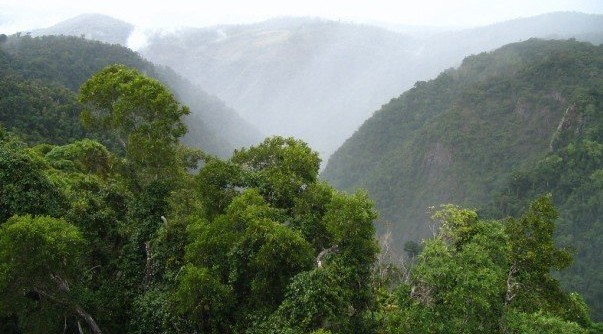
My interest in conservation is long standing but was reinforced during my undergraduate years when I travelled abroad. The most formative of these experiences was my time in Australia. The land down under helped me realize my interest in tropical environments and also opened my eyes to the importance of understanding human-environment interactions through a political, economic, social, and ecological lens. It was also my travels that influenced me to pursue graduate school in geography.
After my undergraduate, I pursued a Master’s degree in Geography focusing on the importance and relevance of local knowledge in conservation practices. Using Dominica, West Indies as a case study, I juxtaposed conservation priorities of international stakeholders, such as IUCN and UNESCO, and the national government against those of local people to look for overlaps and conflicts. My research in Dominica highlighted even more for me the importance of considering the experiences of the local peoples and the usefulness of an interdisciplinary approach when dealing with trying to understand global movements such as conservation. This is one of the many things that brought me to Texas A&M and partake in the ABS curriculum.
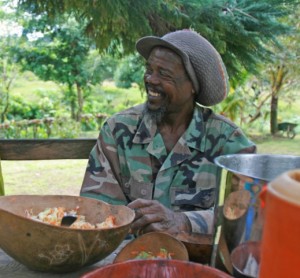 |
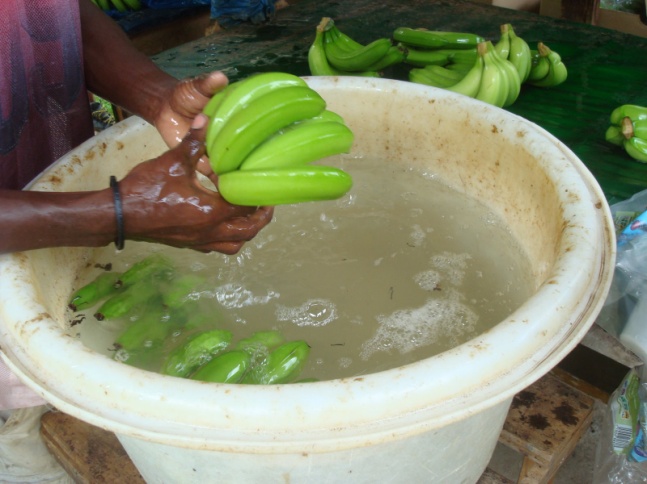 |
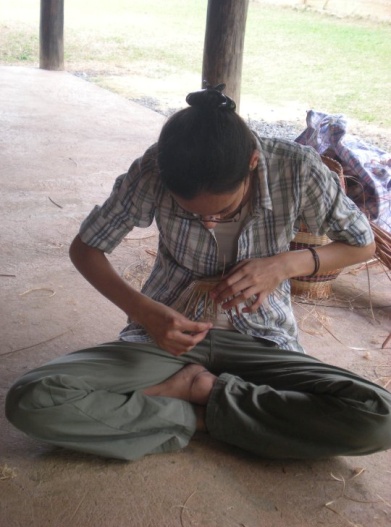 |
| From left to right: talking about sustainable agriculture, processing fair trade bananas, and learning how to make a basket from the indigenous Kalinago people. | ||
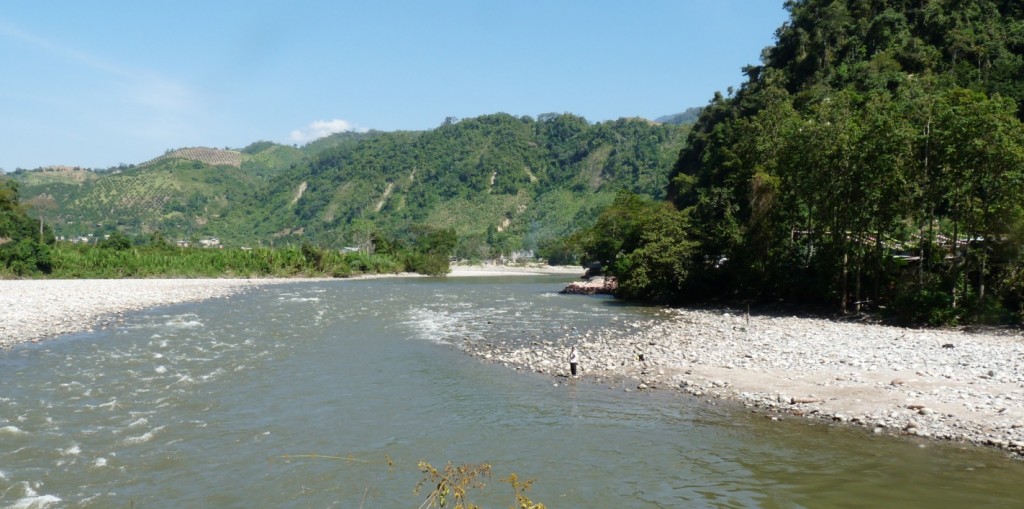
Now pursuing my PhD, my research interests have taken me to South America, more specifically Peru. I will be examining and comparing the impacts of two biodiversity conservation programs on the local communities and biodiversity in the highland Amazonian forests. Being a part of ABS has allowed me to work with people from different disciplines that are also interested in studying the problem(s) of conservation. It has also allowed me to develop skills in communicating with people with different understanding and priorities of conservation. I am looking forward to taking the lessons I have learned in geography and through my participation in ABS into the field and incorporating it in my toolkit for working on conservation related problems.

